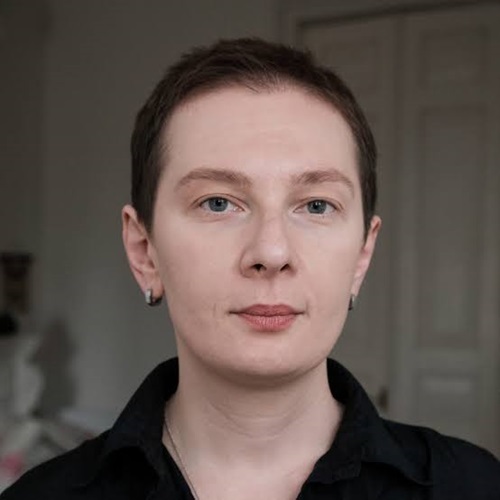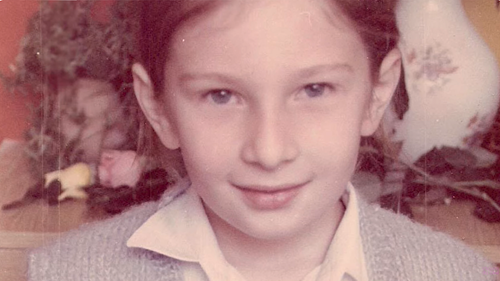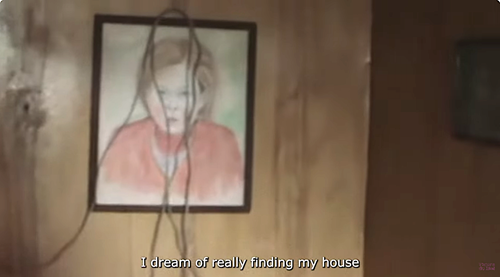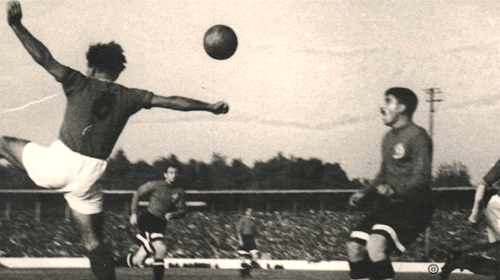By Robert St. Martin
Los Angeles, California (The Hollywood Times) – 05/10/2024
Self-portrait Along the Borderline by Anna Dziapshipa was one of the medium-length films included in SEEfest’s set of Experimental Documentary Shorts which screened on Sunday at Arts & Archive in Los Angeles. Approximately 60 minutes in length, Dziapshipa’s film focuses on an abandoned house in Abkhazia, a place normally inaccessible for Georgians because of the ethnic conflict that happened between Georgia and Abkhazia back in 1993. Combining voice, archive and recent footage, the film examines a lost and split identity stuck between the margins. The highly personal narration delves into the complexities of nationalism and identity in times of war and global displacement.

Anna Dziapshipa was born in Tbilisi to an Abkhazian father and a Georgian mother. As a child, her Abkhazian surname was initially associated with her grandfather’s success as a star football (soccer) player. With the money, he built a fine home in Sokhumi which Anna’s family used to visit in the summer. There she had many memories as a child, including a portrait of her that she greatly disliked.

Sukhumi is a city in a wide bay on the Black Sea’s eastern coast. Filled with beautiful buildings (some of which were destroyed in the recent war), Sukhami is both the capital and largest city of the Republic of Abkhazia, a partially recognized state that most countries consider a part of Georgia. The city has been controlled by Abkhazia since the Abkhazian war in 1992–93, when Russia using Chechen militants invaded and took over control – resulting in the ethnic cleansing of native Georgians.

The Abkhaz separatist forces committed widespread atrocities against the Georgian civilian population, killing many women, children, and elderly, capturing some as hostages and torturing others. They also killed large numbers of Georgian civilians who remained behind in Abkhaz-seized territory. 200,000 – 250,000 refugees (mainly Georgians) were forced out of Abkhazia.

Anna never saw any of this brutality personally as a child because her family lived in Tbilisi most of the year. But the images and news of that conflict haunt her to this day. In her memory, her own identity as a mixture of Georgian and Abhazian are closely linked to the conflict that has opposed the two nations since 1992. This situation had a profound effect on her childhood and identity, caught in the middle of two warring countries.

In Self-Portrait Along the Borderline, the filmmaker returns to the Abkhazian family home built by her grandfather, located in a country that is off-limits to Georgian citizens and still not recognized by Georgia. Combining unique fragments and archives from her family collection, and from television footage and radio recordings of the time, she offers a rare personal and political biography of the relations between Georgia and Abkhazia. This experimental film by Anna Dziapshipa explores themes of memory, identity, and the transformation of physical borders.






